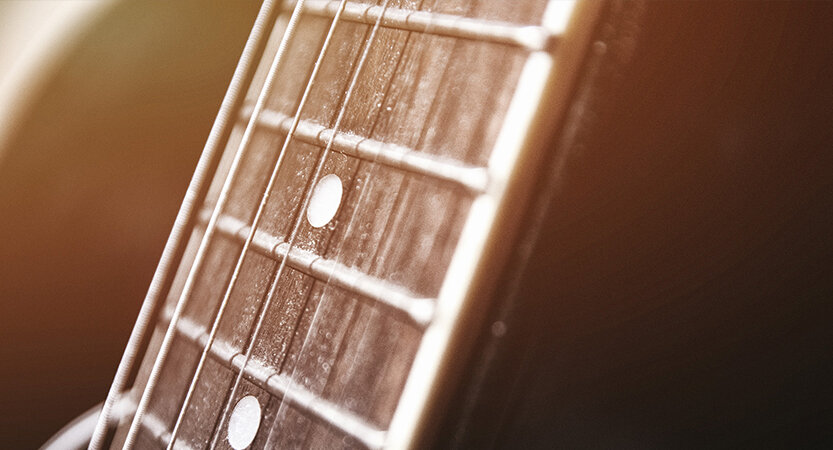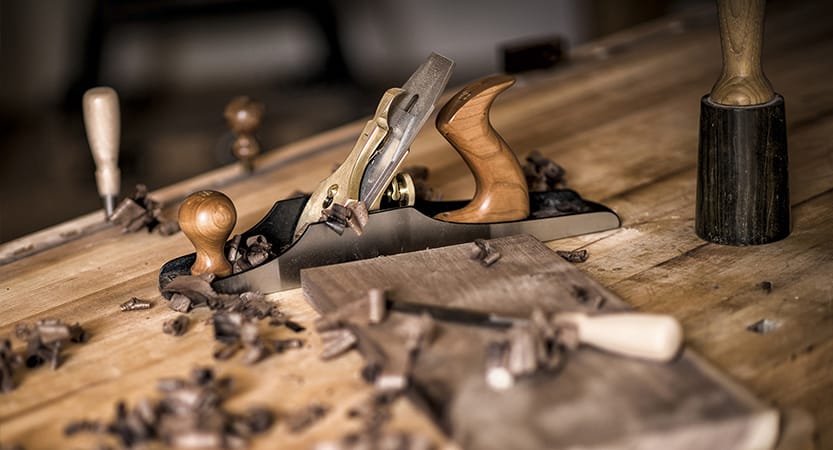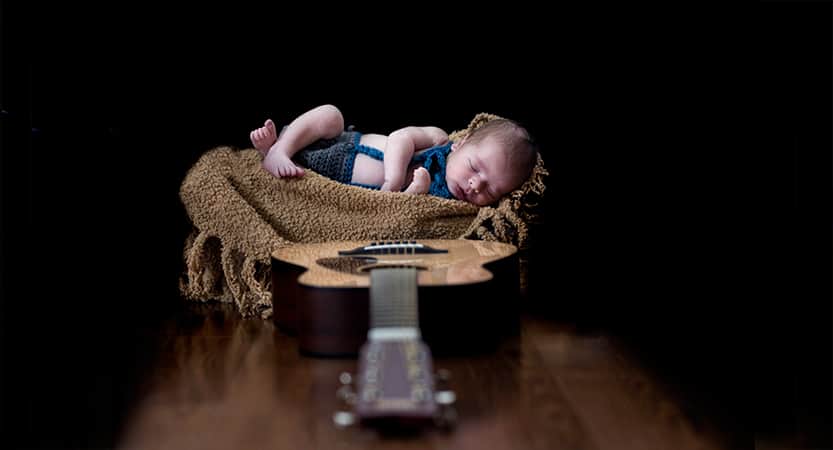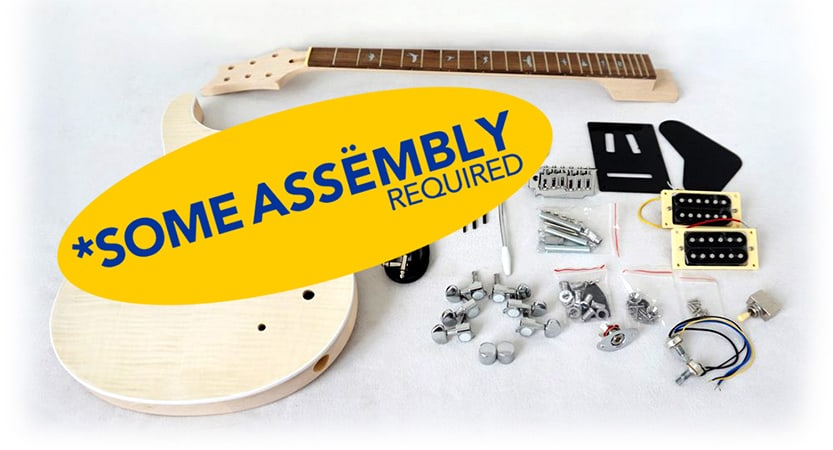You can get a pre-fretted neck of your preferred style, or even a blank (paddle) headstock, and give the full makeover to a custom shop finish. The process is very straight forward and requires only some basic Lutherie tools.
Read More
From the ‘old school’ Luthiers who use nothing but hand tools and produce magnificent works of art, to the most modern custom shops who may start with a 3D model and CNC their way to an almost perfect shape with great consistency and accuracy. I have gathered those different ways and will try and lay out all your options before you so you can decide on the road you want to take into the wonderful world of guitar building. To get a child into the world of guitar playing will require a guitar of the right size, comfortable enough to play and cool enough. Building an electric guitar for kids will not be a child’s play with lack of kits of the shorter versions, and unless you get a neck custom made,you are going to pretty much do it all from scratch. The Electric Luthier has scoured the internet to get the essence of what’s really out there. There are some premium kits out there, a lot of middle of the road varieties and some challenges along the way. Let’s dive in and see what we’ve dug up… Types of neck shapesThe Ultimate Guide to Electric Guitar Building Tools
Why Not Build a Badass Electric Guitar for your kid?
Electric Guitar kits – Are they the IKEA of guitars?
Guitar Neck Shapes – What’s The Difference?
Presently, there are four dominant types of guitar neck shapes, these include:
• C – Shape
• D – Shape
• U – Shape
• V – Shape
Author: Yoav Binyamini
Begin typing your search term above and press enter to search. Press ESC to cancel.
Back To Top





